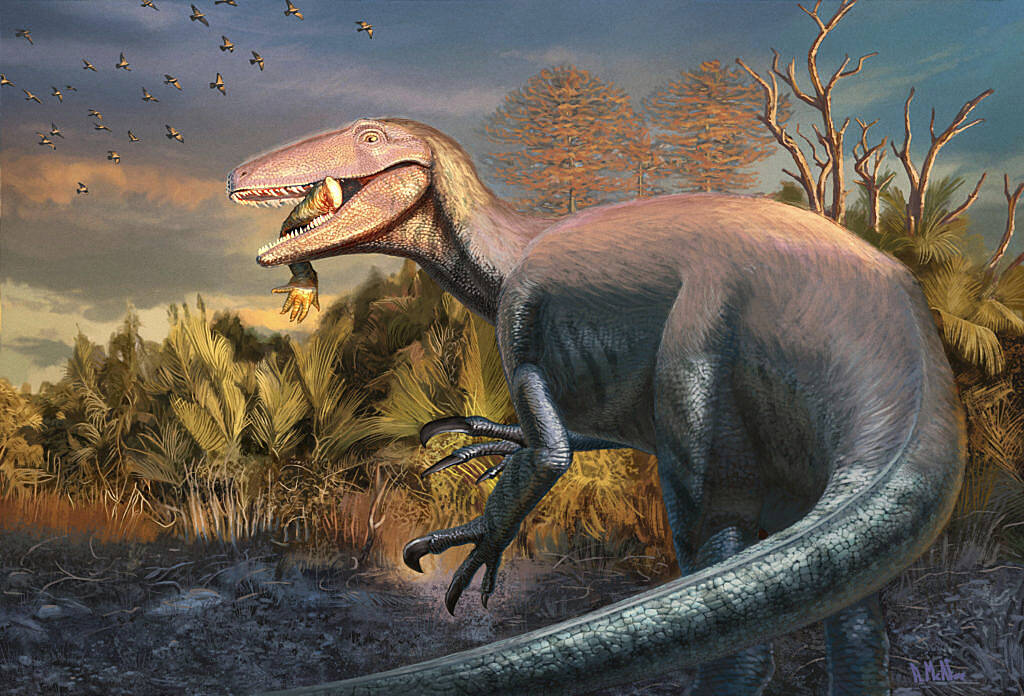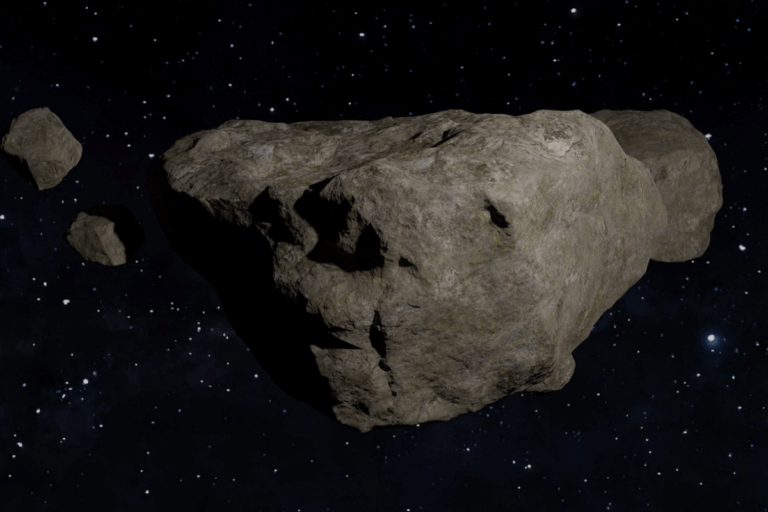
Scientists have discovered a new dinosaur species in Argentina, notable for its powerful claws and fascinating feeding habits. This dinosaur, possibly reaching lengths of up to 23 feet, belongs to a mysterious group known as megaraptorans. These creatures roamed what are now South America, Australia, and parts of Asia, evolving into different species over millions of years.
Megaraptorans are recognized for their elongated skulls and huge, formidable claws. Lucio Ibiricu from the Patagonian Institute of Geology and Palaeontology, a member of the discovery team, explained that while these features are distinctive, much about their hunting methods and evolutionary position remains unclear due to the incomplete nature of fossils found so far.
In a recent study, researchers uncovered parts of a skull along with arm, leg, and tail bones in the Lago Colhue Huapi rock formation in Patagonia. The unique characteristics observed in these bones led scientists to believe they had found a new species. The research was published in the journal *Nature Communications*. Notably, Mr. Agnolin, a paleontologist, was not involved in this study.
This dinosaur likely lived between 66 and 70 million years ago, close to the time when dinosaurs became extinct. Analysis suggests the individual was at least 19 years old at the time of death, although the cause remains unknown. Intriguingly, a front leg bone was found pressed against its jaws, alongside the remains of an ancient relative of crocodiles. This association could provide valuable insights into the dinosaur’s diet and whether it was the apex predator of the humid prehistoric floodplains.
In a touching tribute, Mr. Ibiricu named the new dinosaur species in honor of his son, Joaquin. Although Joaquin was very young and had not yet developed an interest in dinosaurs, Mr. Ibiricu believes his son would have appreciated the honor. “All children love dinosaurs, so he would probably be a fan too,” he said.
https://www.breakingnews.ie/world/scientists-discover-new-dinosaur-from-argentina-with-crocodile-bone-in-its-mouth-1810133.html





